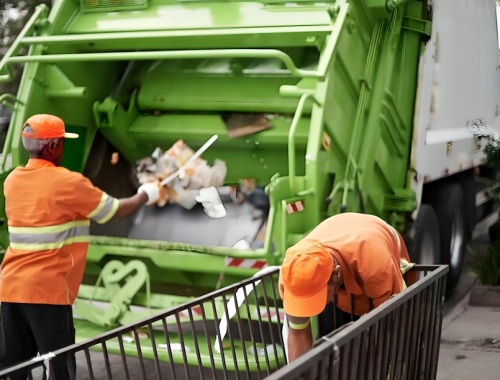Roofing Membranes
There are several different kinds of roofing membranes available on the market. If you have a flat roof to lay choosing the correct membrane is very important. When you make a good choice, you end up on the roof that will last for decades. If on the other hand you make a bad choice, you can end up with the roof leaks within weeks of being installed.
Of course, key to getting a good quality roof is finding a company that knows what they are doing to lay the roof. However, even experienced roofers will not be able to produce a sturdy roof that lasts without using the best quality materials.
Choosing Roofing Membranes
The thing to bear in mind with roofing membranes is that buying the cheapest available is 99 times out of 100 a false economy. Cheap membranes are made out of materials which quickly dry out and become brittle. Once this happens, the roof begins to crack and water can get in and cause untold damage.
You need to choose a roofing membrane that is built to be resistant to everything that the weather can throw at it. It needs to be able to deal with extreme temperatures of hot and cold as well as cope with being subjected to frost and direct sunshine.
Because, on a flat roof, the weak points are the seams you need to look for the material that allows you to construct a roof with a minimum of seams. The less seams you have the less weak points you have on the roof and the less likely it is that water will be able to break through and cause damage to your building.
Why Choose EPDM Roofing Membranes
The best roofing membranes are made out of EPDM. This is short for ethylene propylene diene monomer (M-class) rubber, which is a synthetic kind of rubber. As well as being more durable than many other roofing materials, there are environmental benefits to using EPDM. Less oil and other harmful materials are used in the production of this roofing material. In addition, it does not pollute the rainwater that runs off it.
For the best range of EPDM roofing membranes and other roofing materials visit the DuoPly website.



